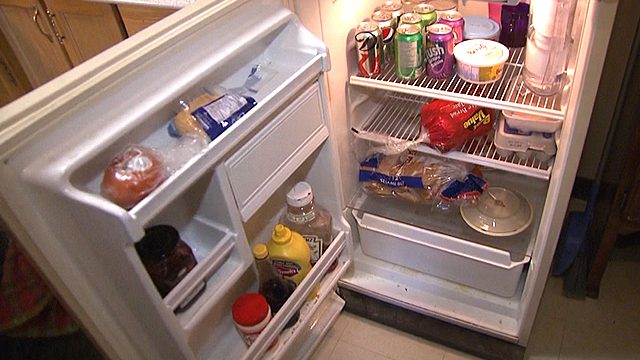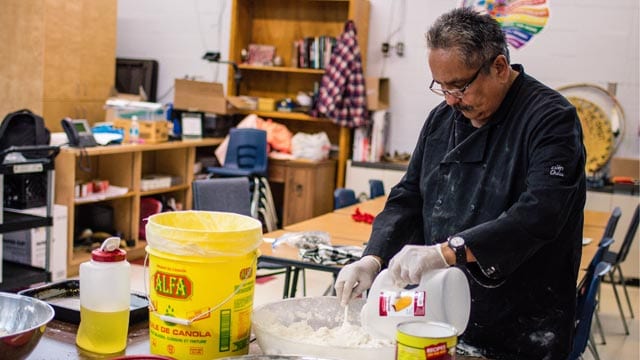

The Trudeau government is trying to make Nutrition North more palatable.
It announced updates Monday to the remote and northern food subsidy program developed by the Harper government, including bannock-making ingredients.
“Our government firmly believes that policy created with Northerners, for Northerners is the most effective,” said Labrador Lib-MP Yvonne Jones in Iqaluit.
“The changes to the subsidy rates and the food eligibility list announced today reflect what we have heard from Northerners about how we can better help them access healthy foods.”
Jones, parliamentary secretary to the minister of intergovernmental and northern affairs and internal trade, said more groceries, along with baby formula, would be added to the list of products subsidized under the program after complaints from consumers.
Frozen fruits and vegetables, infant food and formula, spaghetti, macaroni and dried beans will be covered under the expanded formula starting January 2019.
The complete list is here: Nutrition North
Watch Kent Driscoll’s story on Nutrition North
Nutrition North has long been criticized for the way it works; paying retailers to lower their prices through a shipping subsidy instead of going directly to families.
It replaced the Food Mail program in 2011, which retailers disliked.
Now more food and non-food items will be eligible for the freight subsidy, Jones said. And there will be more ways to pay instead of only with credit cards.
Jones said in exchange the government wants better reporting from retailers on how the subsidy is being applied.
And consumers want to see that, too, she said, on receipts from more stores.
But Nunavut premier Joe Savikataaq said giving retailers more subsidy money wouldn’t guarantee better prices.
“We would like to see more direct benefit and subsidy to Nunavummiut,” he said in a release.
And Nunavut should have “a dedicated presence” on the program’s advisory board, the premier added.
Food reform
This is the Liberal government’s first major overhaul of Nutrition North after it held public hearings into the plan in 2016.
Jones said her party will bump the program’s budget to $14 million and add a harvesters’ support grant program to help cushion the high cost of hunting.
Food insecurity is a huge issue in northern and remote communities, where there is usually only one major supermarket.
Retailers say shipping – mostly by air – jacks up the prices while consumers wonder why junk food is priced much lower than healthy goods.
As a result, diets are poor and can lead to health problems.
Something Nutrition North is supposed to address but often misses the mark, as APTN Investigates revealed in this documentary.
“Nearly 70 per cent of Inuit households in Nunavut are food insecure,” said Aluki Kotierk, president of Inuit rights group Nunavut Tunngavik Inc.
“Inuit children are living in food insecure households at a rate eight times the national average, among the highest documented food insecurity rate for an Indigenous population in a developed country.”
Kotierk said adding money to offset the high cost of hunting country food would help many families.
“It is a necessary and integral part of Inuit culture,” she said in a release.
“It is our safety net, at a time of major social changes.”











Even though it is tasty, Bannock is not healthy! It is usually made with bleached flour and hydrogenated oil.
Even though it is tasty, Bannock is not healthy! It is usually made with bleached flour and hydrogenated oil.